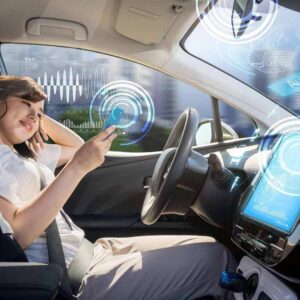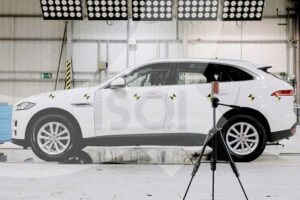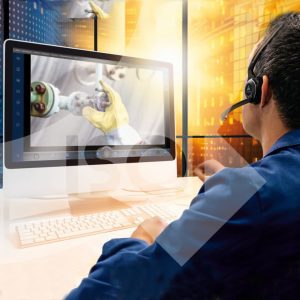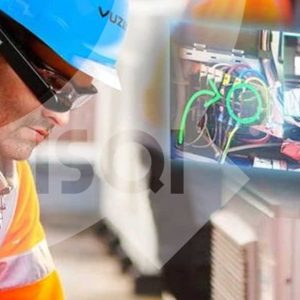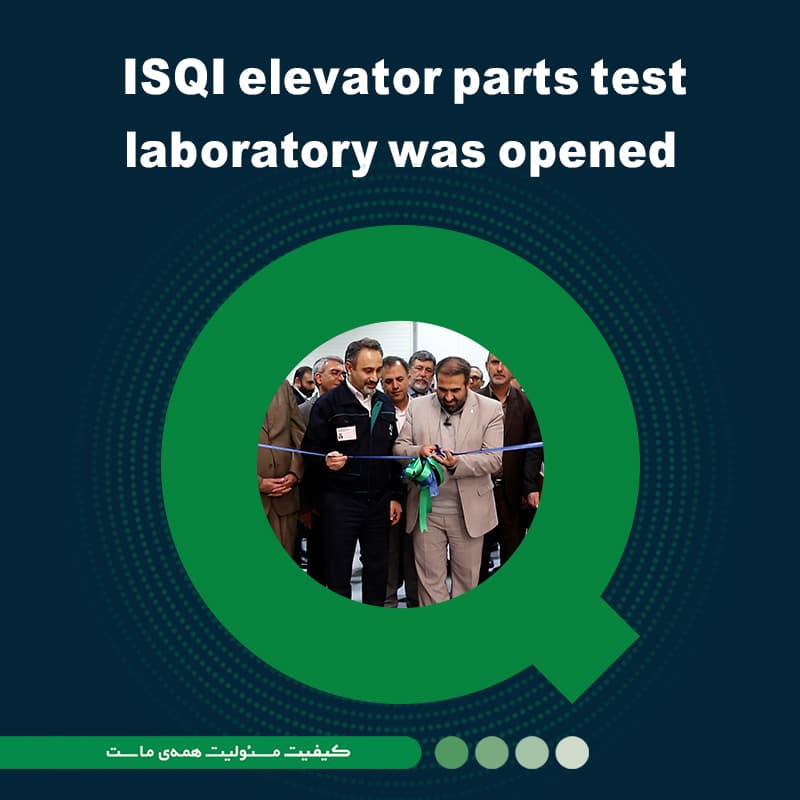2022 has been a very important year in the development of self-driving car regulations, based on the important regulations related to advanced driving systems that have been published, we will describe and interpret the developments in self-driving cars.
type Approval of the self-driving cars
The first was a draft EU regulation that would set the technical conditions, assessment and testing requirements for type approval of fully autonomous vehicles, paving the way for the full deployment of robotaxis, autonomous shuttles and vehicles in European cities.
The draft was published in April and the final version was approved and published by the European Union in August.
This is the first comprehensive regulation worldwide to certify the type of driverless cars (Level 4).
Moving between lanes of self-driving cars
The second regulatory evolution, announced in June 2022, was a UN regulation that expanded the maximum speed of automatic lane keeping systems (ALKS) in passenger cars and light vehicles to 130 km/h on two-way highways separated by physical barriers, and It allowed lane changes for self-driving cars.
These regulations are guided by the United Nations under the autonomous vehicle framework of the European Economic Commission, it can be said that this action was an important step forward in Level 3 autonomous vehicles, which was taken after the United Nations decided in November 2021 to develop ALKS for heavy vehicles, including trucks and buses.
As such, the EU ADS regulation approved last summer obliges manufacturers to provide a variety of data and documentation, including a set of simulations and tests carried out to ensure safety, but does not specify exactly which parts must be tested. This lack of details can lead to ambiguity and misinterpretation of regulations.
Therefore, it is very difficult to comment on whether these tests are sufficient or not at this time and it is not possible to give a clear opinion about it because the methods are still being developed.
Despite this uncertainty, there is broad agreement among regulators and manufacturers that self-driving car certification will largely involve testing based on scenarios. That is, the response of a self-driving car to the types of anticipated scenarios that may be encountered on the road. These tests can be physical in some cases, but most are based on simulation. To create a fully secure product, companies must inform users of the system’s capabilities. In the case of autonomous vehicles, the operational domain can be used to specify the conditions under which an autonomous system is capable of operating. One of the things that specifying the operating range can be useful in the field of supervision is the ability of autonomous systems to deal with different weather conditions and to examine the performance of autonomous systems in complex urban environments and interactions between pedestrians and cars.

